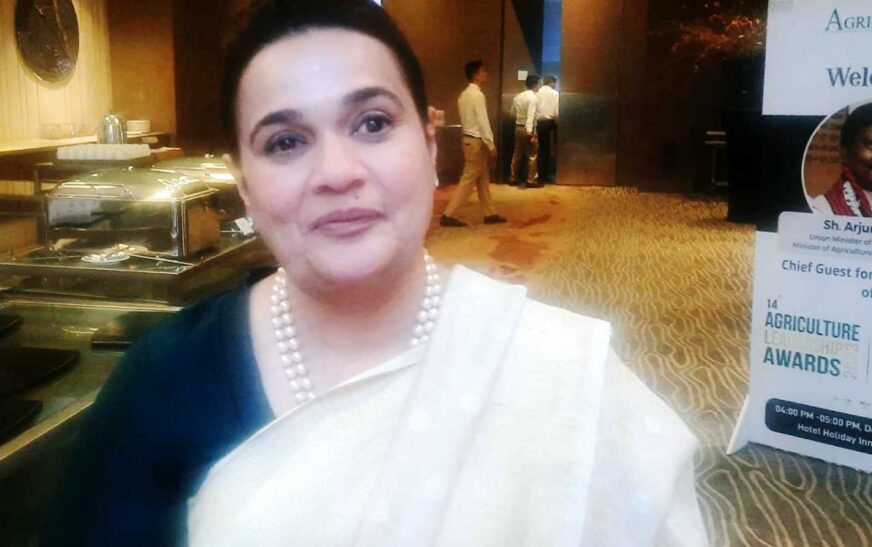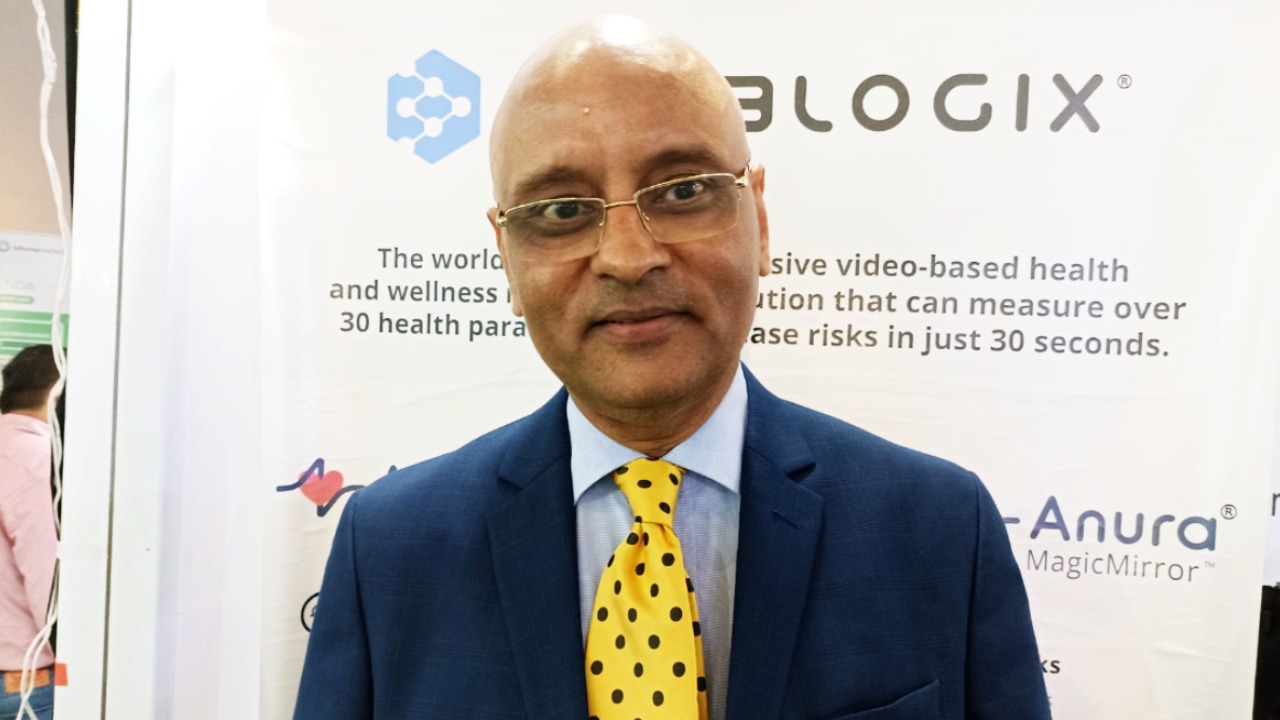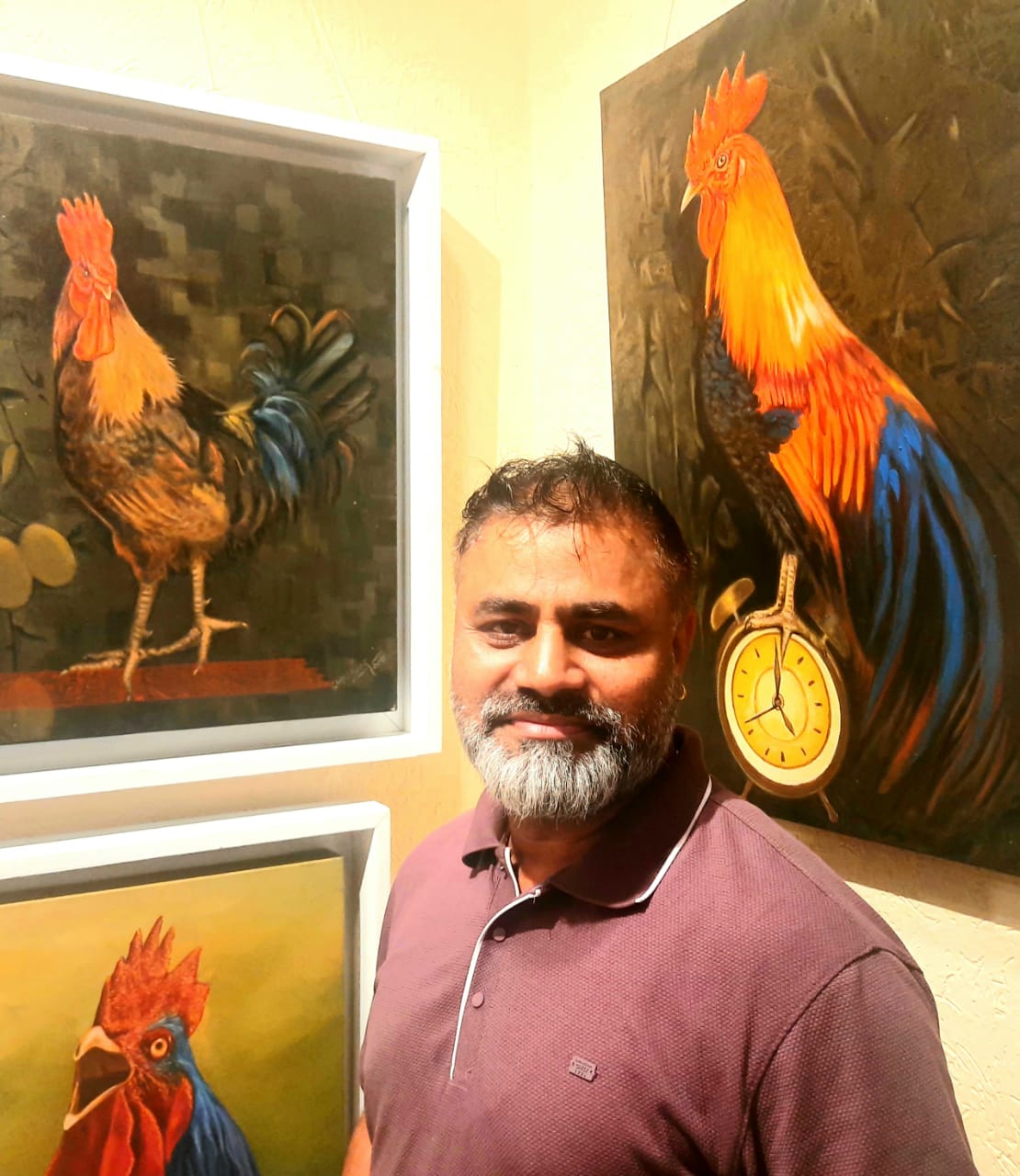Dr. Purvi Mehta, as the Deputy Director of Agriculture – Asia at the Bill & Melinda Gates Foundation, plays a pivotal role in shaping agricultural initiatives. Her influence extends beyond the foundation, as she actively contributes to various organizations. Notably, she serves on the boards of the International Alliance for Ecology, Health Canada, the International Center for Rural Agriculture, and India’s National Commodity & Derivatives Exchange Ltd. Additionally, she holds a significant position as a member of the Council of Advisors at the World Food Prize Foundation.
Dr. Mehta’s academic affiliations are equally impressive. She is an honorary professor at Amity University in India and a visiting scientist at Cornell University. Engaging closely with agriculture and nutrition policy platforms in India, Southeast Asia, and Africa, she garnered recognition in 2014 with the Agriculture Today award for her substantial contributions to agriculture policies in South Asia.
In the realm of academia, Dr. Mehta has left an indelible mark. With a Ph.D. from North Carolina State University, her educational journey also includes degrees from the Maharaja Sayajirao University of Baroda and Tokyo University. Her commitment to knowledge dissemination is evident through her authorship of two books and over 50 publications.
Talking to The Interview World, Dr. Mehta sheds light on increasing farmers’ income, enhancing nutrition, and the importance of diversification. Additionally, she underlines the interlinkage between the evergreen revolution and sustainability, climate change, and inclusiveness in farming.
Q: How can we increase farmers’ income?
A: The increased production and productivity in agriculture don’t automatically lead to higher income for farmers. Consequently, placing complete trust in markets may not be justified. This perspective emerged from one of the few scientists who delved into the realm of agriculture trade. Notably, agriculture trade and agriculture science had distinct discussions. It is Dr. MS Swaminathan who, I believe, broke down these barriers, underscoring the significance of such paradigm shifts.
I often emphasize that farmers cultivate not solely for the sake of the country’s food security but rather to derive profitability from their efforts. Therefore, the linkage between income, production, and productivity is crucial, irrespective of whether conventional agriculture scientists acknowledge it. In essence, trade and income are fundamental aspects influencing production and productivity, shaping the income of farmers.
Q: Can productivity automatically enhance nutrition level?
A: Assuming that higher production and productivity automatically translate into improved nutrition levels at the household level is flawed. This misconception is evident in our current situation. In countries like India, where there is a heavy reliance on locally grown and sourced food, integrating nutrition into the farming system is imperative. Therefore, we should engage farmers with the scientific community to understand the underlying practices.
Q: What’s the role of diversification in farming?
A: Diversification, a strategy championed by Dr. MS Swaminathan, plays a pivotal role in this regard. Dr. Swaminathan was among the pioneers who introduced millet as a diversified crop, and it’s heartening to witness the country embracing various crop commodities. The diversification journey, starting with the rice fellow development program and extending to diverse programs in states like Odisha and Bihar, is crucial.
Diversification goes beyond just agriculture. The integration of the livestock sector with agriculture is equally important. Moreover, the unique interlinkage between crop and livestock sectors in India, where crop farmers contribute 86% of the country’s milk by integrating livestock as a diversification strategy, offers significant opportunities.
Hence, the interconnected crop-livestock system presents a significant opportunity for us to examine agriculture not merely from a crop-centric perspective but as a holistic system where crops and livestock intersect. This viewpoint also encompasses fisheries in various regions across the country and beyond. In essence, diversification will not only boost farmers’ income but also it will boost sustainability in agriculture.
Q: Is there any interlinkage between the evergreen revolution and sustainability?
A: Reinterpreting the concept of the evergreen revolution is vital. It extends beyond sustainability, encompassing income, inclusiveness, and equity for all involved in farming, irrespective of gender or land ownership. Defining a farmer as someone who brings produce to the market, regardless of land ownership, is crucial. Addressing these fundamental issues is imperative in discussions about the evergreen revolution.
Q: What’s your take on climate change and agriculture?
A: Climate change significantly impacts agricultural productivity; adapting is as crucial as mitigation. When addressing the challenge of climate change, especially from the standpoint of productivity and the income of smallholder farmers, it is imperative to consider not only mitigation but also the equally vital aspect of adapting to the evolving climate.
Q: How important is inclusiveness in agriculture?
A: Crucial to note is the concept of inclusivity in agriculture. This involves incorporating various groups, such as women farmers, landless farmers, and those cultivating diverse commodities. It extends beyond staple crops to encompass a variety of commodities, including livestock farming. In essence, inclusivity implies the involvement of different agricultural sectors and various types of farmers within the entire ecosystem.










2 Comments
Glad to be one of many visitors on this awe inspiring website : D.
Thanks for sharing. I read many of your blog posts, cool, your blog is very good.
Comments are closed.